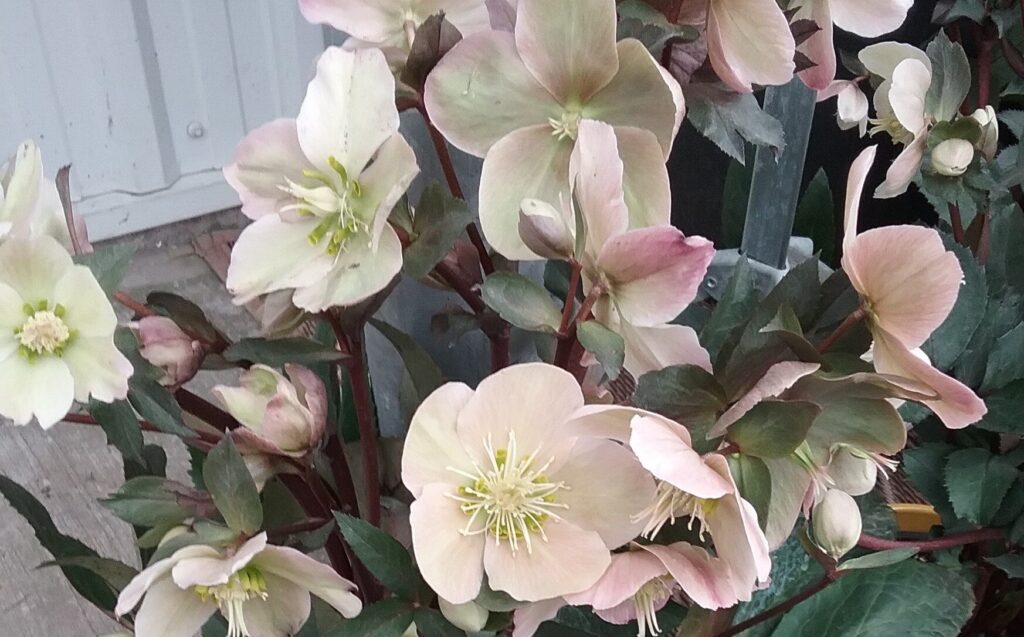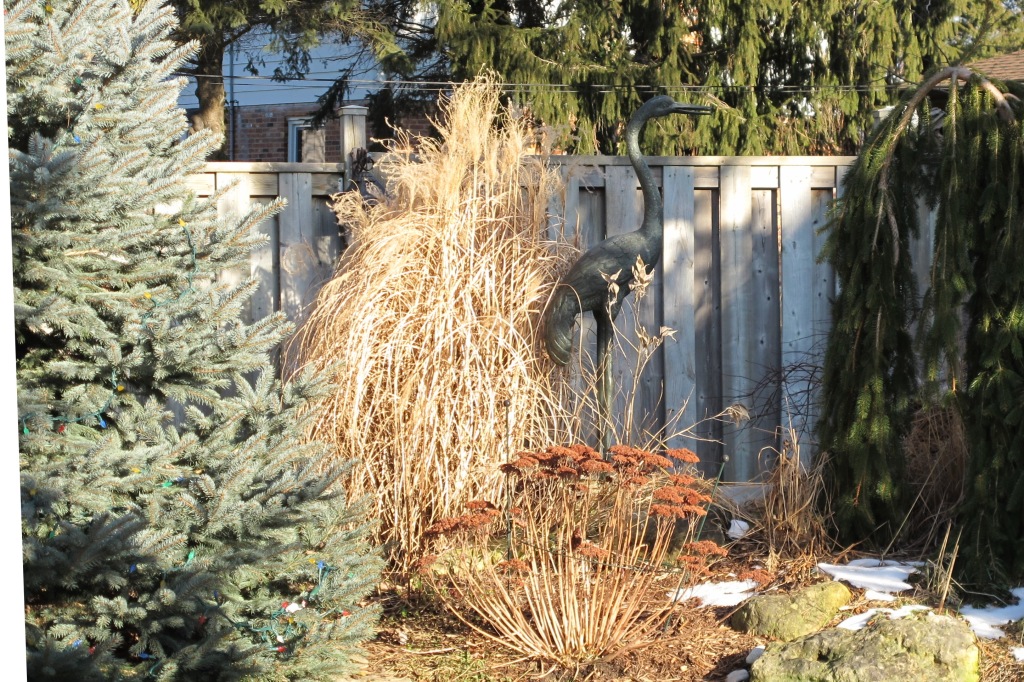
Hellebores, the Lenten Rose – one of the earliest spring bloomers and great for long-lasting colour!
Aw, Spring!! The season when all gardeners are anxious to get in their gardens. But sometimes Mother Nature isn’t very cooperative. She teases us with a warm sunny day followed by a couple of cold, damp nasty ones. So, what is a restless gardener to do? Well, a trip to your favourite nursey always helps! A greenhouse environment will boost anyone’s spirits. There is an array of spring bloomers to plant. Besides pansies, violas, primulas, the hellebores are becoming very popular.
What is Hellebores?
This evergreen perennial flowering plant is one of approximately 20 species in the Ranunculaceae family. The hellebores genus is native to parts of Europe, growing in meadows of Bosnia, Croatia, Slovenia, Turkey, Greece, Italy and even in China. They are frequently known as ‘Winter Rose’ or ‘Christmas Rose. More commonly called ‘Lenten Rose’ with reference to the rose-like flowers that appear in early spring around the Christian observance of Lent.

What we would call ‘blooms’ are actually petal-like sepals that protect a ring of small cup-like flowers. The subtle ‘blooms’ have a delicate appearance, ranging from shades of white, light green, pinkish purple to dark maroon. The sepals don’t drop as petals do, but remain on the plant, lasting for several months from February until May.
Culture and Care
These hardy perennials will tolerate a wide range of growing conditions, but perform best in partial shade, rich, organic, moist but well-drained soil. They are clump-forming, growing to approximately 30cm (12”) tall and have a spread of 45cm (18”). Perfect for a naturalized woodland garden, they also make great companions for snowdrops, crocus, trilliums and bleeding hearts.
When transplanting directly from nursery containers, make sure to shake off the potting soil and free up the pot bound roots. Don’t plant too deeply as this can deter flower production. The crown of the plant should be just slightly buried.
Caring for hellebores is simple. They need plenty of water during early spring when they are actively growing.
During the summer months, the heat will cause the hellebores to go dormant although in a protected northern exposure most will retain their attractive leaves.
Resume watering in the fall. An annual application of composted manure is better than chemical fertilizers to boost growth. The leathery old foliage provides protection for the developing flower buds. To tidy things up, this can be removed in late winter before the new growth emerges.
Propagation
The best method of propagation is dividing the plants. Starting them from seed is a very slow process and can take up to two-three years before they flower. Hellebores will, however, drop their seeds for self-seeding. The result may be unexpected hybrids, especially if you grow multiple varieties. If there are any new seedlings, they should be thinned out if too close to the mature plants. Divide hellebores in the spring after flowering or whenever the plants are becoming too crowded.
 Consider adding this beautiful hardy perennial to a shady spot in your yard!
Consider adding this beautiful hardy perennial to a shady spot in your yard!
Source: Garden Design Magazine





About The Author: Nancy Abra
The family kitchen garden has always been a big part of my life from the early days growing up on a farm to current days gardening near Thorndale, Ontario.
I have honed my gardening knowledge with various courses including a certificate in Horticulture from the University of Guelph, ongoing training with the London Middlesex Master Gardeners, active membership with the local Horticultural Society and as a volunteer gardener at Fanshawe Pioneer Village, It has always been important to me to feed my family from the best of my garden or from locally grown produce. For almost 50 years of preserving, canning, pickling, and using heirloom recipes including some of my own creations, I have developed tasty preserves for my family and friends which I market locally with the brand name "From My Garden".
More posts by Nancy Abra